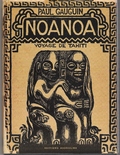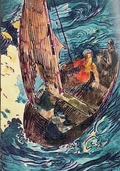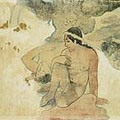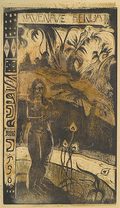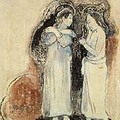I can date the onset of my interest in art to a precise date: the opening of the Museu de Arte de São Paulo in November, 1968, when I was 10 years old. The museum’s building was daring, floating on twin pillars way above ground. And the paintings in the main collection were displayed in a unique manner, intimate and immediate: each painting at eye level on its own glass wall, the collection a labyrinth of glass. My exploration of the art world at the time was like all adolescent exploration: disorganized, in fits and starts, incomplete. Nevertheless, I’ve been looking at art ever since, letting myself become excited by what I see—excited, enthusiastic, fascinated, but also bored, dismissive, and even angry.
Take Paul Gauguin. At some point I decided I hated him. His sense of perspective was so awkward, the bodies on each plane looking too big or too flat or too long or too short. His paintings of naked natives (which the white colonists like himself bedded and discarded, no doubt) struck a politically incorrect note. And the naked bodies weren’t even attractive. A thigh round and fat like a ham, fingers on a hand like so many sausages. As for Gauguin’s colors? Blah.
My wife would tell me, “You’re wrong about Gauguin.” I’d reply, “I know what I like and don’t like. And I have good arguments to demonstrate that Gauguin is no good.” “You’re not looking.” “I just told you, I looked, sensed, thought, and concluded. I don’t like Gauguin.” This went on for several years. One day my wife gave me a postcard of a Gauguin painting. “All right, it’s kinda pretty,” I said. “But it doesn’t change the basic problem.” And I meant, Gauguin was the basic problem.
One day I visited someone who had a little book on his coffee table. “Noa Noa,” it said on the cover. I leafed through it. It was a facsimile of one of Gauguin’s diaries. Watercolors, woodcuts, sepia photos, stories written in a flowing script… The watercolors alone were divine. The whole object and the author’s personality that shone through it blew me over.
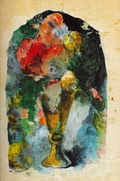
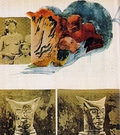 My wife was doubly right: Gauguin was brilliant; I wasn’t looking at him properly. He had been inviting me to enter a certain world, and I was too close-minded to accept his invitation.
My wife was doubly right: Gauguin was brilliant; I wasn’t looking at him properly. He had been inviting me to enter a certain world, and I was too close-minded to accept his invitation.
I bought a copy of “Noa Noa” and, for a long time, kept it within easy sight, the book’s cover facing me as reminder to myself: Despite strong feelings, despite apparently objective evidence, despite aesthetic convictions, despite everything that TOLD me I was right… I was in fact wrong.
Needless to say, I’ve been wrong about many things and many people besides my beloved Gauguin. In a sense that's a good thing: Changing one’s mind about something, and in particular changing one’s opinion from negative to positive, is a heady pleasure, a liberation of sorts. In the visual arts alone, I've had the experience of changing my mind from negative to postivie a great many times: about Andy Warhol, about Piet Mondrian, about Roy Lichtenstein, about Barnett Newman... I'm glad I hate a few things still, because they hold the potential to prove me wrong and to set me free.
